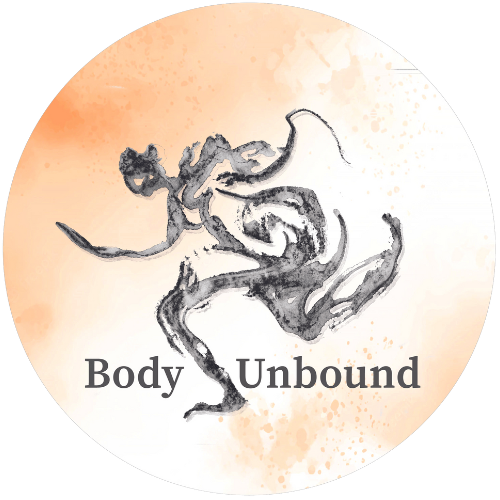How I Found Counterstrain
Everything in and of the body can seem embarrassing, but my story really is! I had a pain in my butt, literally.
I had already been practicing as a medical doctor for over 10 years. I was also playing an instrument called an mbira, which had me sitting in a way that put a lot of pressure on my tailbone. At that time, I got a tear in the skin around my rectum , known as a rectal fissure. Imagine a paper cut on your finger, but much more painful. The pain was daily and would last for hours. Hot baths were helpful, but some nights, I got up 2 or 3 times to sit in the bathtub. At work, I had to wear a heating pad strapped to my low back.
I went to see my medical provider, who gave me creams that didn’t help. I went to see massage therapists and had acupuncture. I tried chiropractic. This went on for over a year, and things did not get better. So I went to see a colorectal surgeon. They said the only solution was to cut the sphincter muscle. I was not up for that.
I asked my medical community if anyone had any other ideas, and one colleague suggested I see a practitioner of craniosacral therapy.
When I saw that practitioner, she did one treatment. It lasted one hour. It relieved my pain by 80%. I went back one more time, and my pain in the butt was gone. It has never returned.
I was impressed! After all the suffering I had been through and all the efforts to help, which did not help, a seemingly simple technique fixed me in two hours. I wanted to be able to offer this level of relief to my own patients. So I began to study craniosacral work.
I practiced craniosacral work when I thought it would help my patients with headaches or pelvic pain. Sometimes it did, and sometimes it didn’t. But I also saw patients with pain in other areas, such as their lungs or limbs, that were not easily treated with craniosacral therapy. At a conference, I heard about the Jones Institute and the practice of counterstrain. I enrolled in a counterstrain class for the pelvis. But a few years later, the Jones Institute started announcing a still more powerful technique that Brian Tuckey was developing. They called it fascial counterstrain, and the first class was taught on the gut, or what we call the visceral system.
As it happened, I was dealing with another personal health issue at that time. I had chronic abdominal bloating and pain. In the medical/naturopathic world, the condition I had was called small intestinal bacterial overgrowth (SIBO). Again, I tried many approaches to this condition, including strict dieting, herbs, acupuncture, and finally, very expensive antibiotics. Everything worked, but only for so long. Every so many months, the bloating would start up again, and I would have to restart my regimen of treatments. It never stopped me from working, but I just didn’t feel good.
When I took the class for visceral counterstrain, Brian Tuckey used me as the model/example. In less than ten minutes, he treated my viscera. The tension in my gut disappeared immediately, and my SIBO did not return.
Since then, I have steadily been learning more systems and more skills around fascial counterstrain. The beauty, and maybe the frustration, of this practice is that the learning never stops. Not only is each person and their holding pattern unique, but Brian Tuckey and his keen practitioners keep finding new anatomic structures that can be released. So the field continues to grow and to be very promising as a catalyst to health and healing!


